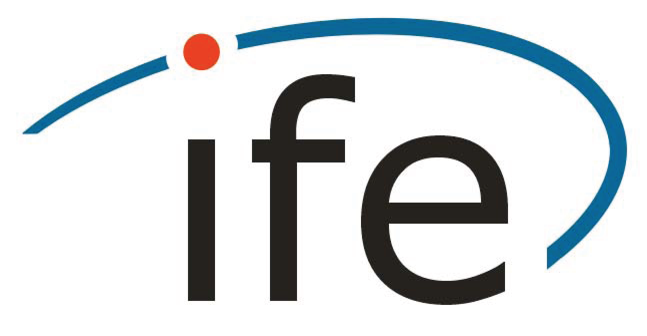On the Comparison of Radial Base Functions and Single Layer Density Representations in Local Gravity Field Modelling from Simulated Satellite Observations
- authored by
- M. Weigelt, W. Keller, M. Antoni
- Abstract
The recovery of local (time-variable) gravity features from satellite-to-satellite tracking missions is one of the current challenges in Geodesy. Often, a global spherical harmonic analysis is used and the area of interest is selected later on. However, this approach has deficiencies since leakage and incomplete recovery of signal are common side effects. In order to make better use of the signal content, a gravity recovery using localizing base functions can be employed. In this paper, two different techniques are compared in a case study using simulated potential observations at satellite level - namely position-optimized radial base functions and a single layer representation using a piecewise continuous density. The first one is the more common approach. Several variants exist which mainly differ in the choice of the position of the base function and the regularization method. Here, the position of each base is subject to an adjustment process. On the other hand, the chosen radial base functions are developed as a series of Legendre functions which still have a global support although they decay rapidly. The more rigorous approach is to use base functions with a strictly finite support. One possible choice is a single layer representation whereas the density is discretized by basic shapes like triangles, rectangles, or higher order elements. Each type of shape has its own number of nodes. The higher the number of nodes of a particular element, the more complicated becomes the solution strategy but at the same time the regularity of the solution increases. Here, triangles are used for the comparison. As a result, the radial base functions in the employed variant allow a modeling with a minimum number of parameters but do not achieve the same level of approximation as the discretized single layer representation. The latter do so at the cost of a higher number of parameters and regularization. This case study offers an interesting comparison of a near localizing with a strictly localizing base function. However, results can currently not be generalized as other variants of the radial base functions might perform better. Also, the extension to a GRACE-type observable is desirable.
- External Organisation(s)
-
University of Stuttgart
- Type
- Conference contribution
- Pages
- 199-204
- No. of pages
- 6
- Publication date
- 2012
- Publication status
- Published
- Peer reviewed
- Yes
- ASJC Scopus subject areas
- Computers in Earth Sciences, Geophysics
- Electronic version(s)
-
https://doi.org/10.1007/978-3-642-22078-4_29 (Access:
Unknown)
-
Details in the research portal "Research@Leibniz University"




